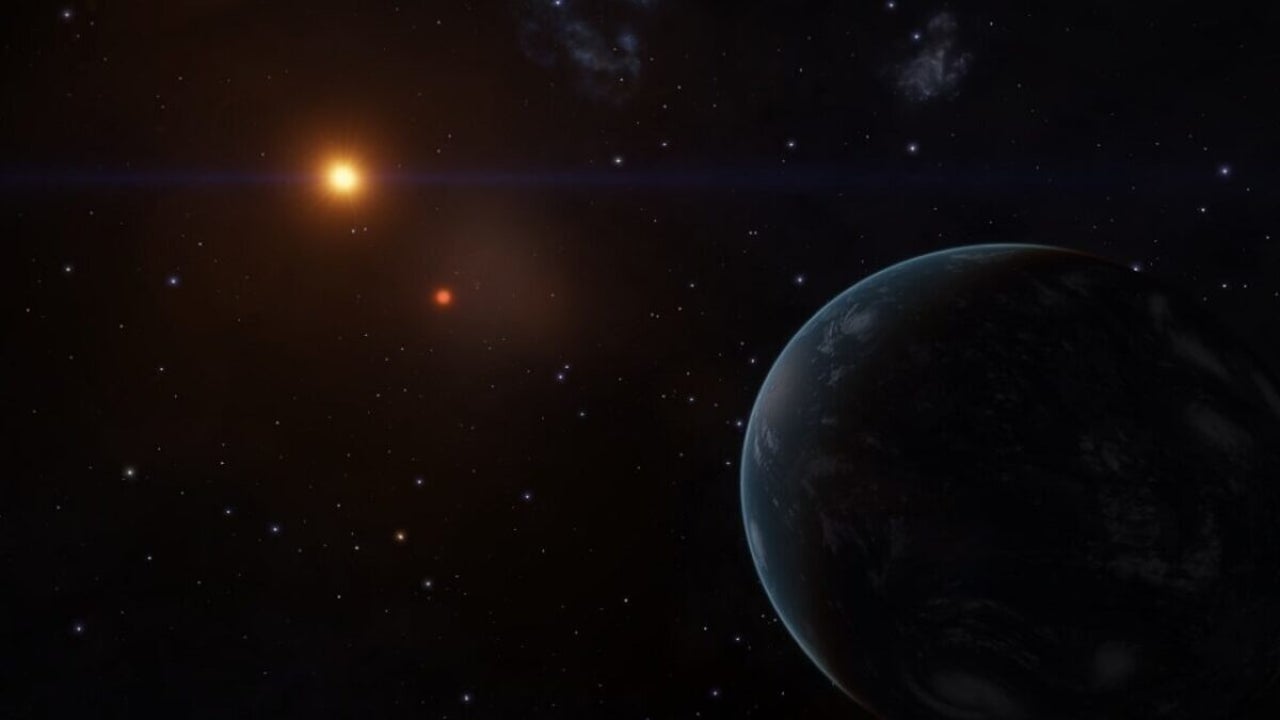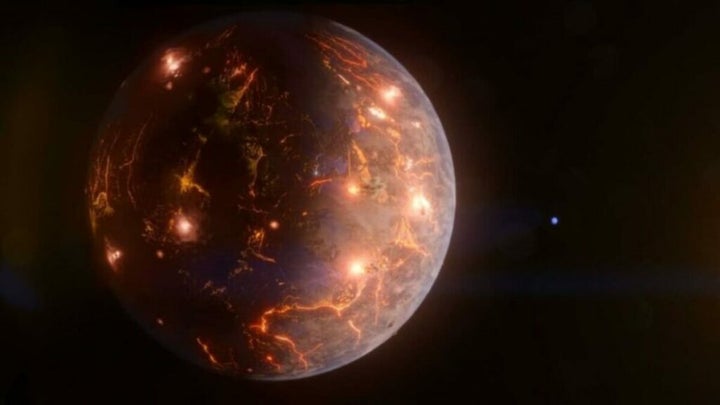News
NASA’s groundbreaking discovery shatters long-held beliefs about the impossible in space
A planet similar to Earth and full of active volcanoes...

- July 6, 2023
- Updated: July 2, 2025 at 1:45 AM

Space is fascinating. Within it, we have all sorts of planets, celestial bodies, stars, red giants, black holes… That’s why we continue to launch telescopes into the depths of the cosmos to uncover all its secrets.
Today, astronomers from NASA have made an incredible discovery in space. They have found a planet the size of Earth that orbits a star beyond our solar system, and it is likely to be covered in volcanoes, according to researchers.
Technically, this planet is an exoplanet, meaning it is located outside of our solar system. In the scientific paper that details the discovery, the researchers have given it the nickname LP 791-18 d.
The planet was discovered while the researchers were studying a small star that was already known to host two larger planets. These two bodies were first discovered in June 2019 using NASA’s Transiting Exoplanet Survey Satellite (TESS).
86 light years from Earth
The planet is located in the Milky Way, about 86 light-years away from our solar system. A light-year is the distance that light travels in one year. Observations by the researchers suggest that the planet is rugged and rocky, with constant volcanic eruptions occurring on its surface.
The scientists did not directly observe the volcanoes, but they used observations of how the planet interacts with one of the other larger planets that orbit the same faint star.
The larger planet exerts a strong gravitational pull, which can cause the smaller, newly discovered planet to squeeze and flex, heating up its interior and triggering volcanic activity on the surface. By the way, an asteroid is heading towards Earth.
Observations show that the smaller planet undergoes deformation as it orbits around the star. The motion is comparable to that of Io, a moon of Jupiter, which is the most volcanically active body in our solar system.
The planet, which is tidally locked, could also potentially host water, according to the researchers. One side of the planet is too hot, but the other remains in perpetual darkness, which, according to scientists, could plausibly allow for water condensation.
According to the research team, the planet may also sustain an atmosphere, although the type of atmosphere it is capable of hosting will vary depending on its formation history.
One of the larger planets near LP 791-18 d has been approved for further study with the James Webb Space Telescope, NASA reported.

Some of the links added in the article are part of affiliate campaigns and may represent benefits for Softonic.
Journalist specialized in technology, entertainment and video games. Writing about what I'm passionate about (gadgets, games and movies) allows me to stay sane and wake up with a smile on my face when the alarm clock goes off. PS: this is not true 100% of the time.
Latest from Chema Carvajal Sarabia
You may also like
 News
NewsIt returns to Netflix with a fourth season the most iconic series of the platform with a new actor for its main character and many surprises
Read more
 News
NewsIf you like Bully, the juvenile delinquency game from the creators of GTA, some modders are creating its definitive version
Read more
 Article
ArticleThis iconic animated series has just been renewed for two more seasons
Read more
 News
NewsThe game we all were waiting for will be released on Switch 2 with graphical improvements and more news
Read more
 News
NewsAn analysis of the black market reveals that more than 300 million records have been compromised so far in 2025
Read more
 News
NewsAmazon is making an MMO of The Lord of the Rings, but its future looks very bleak
Read more